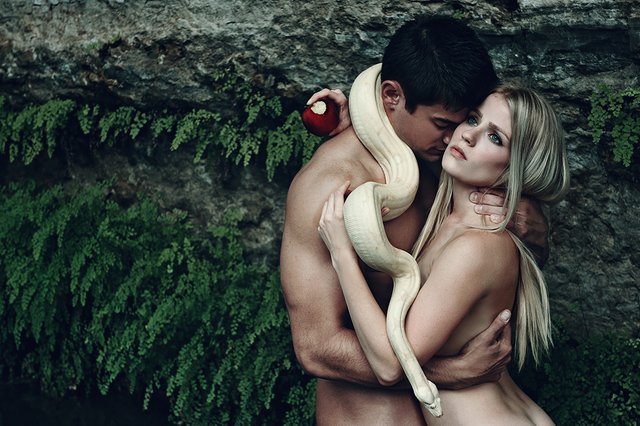
Since the day that Adam and Eve were driven away from the Garden of Eden, man has never stopped cultivating and decorating his gardens.
Italy
The first garden statues probably were portraits to worship gods. However, people probably realised that they could also ornament gardens after the Romans had conquered Greece. Many statues were taken away to decorate the gardens and palaces in Rome.
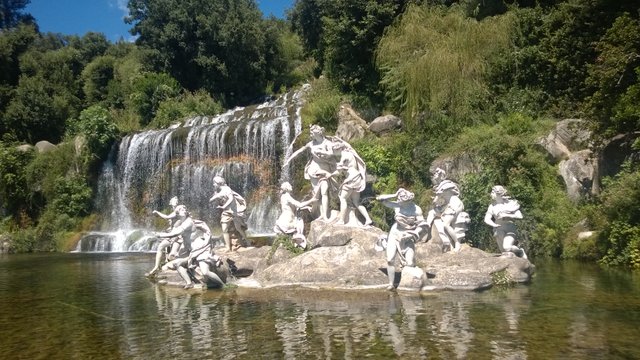
Fountains in Caserta’s Royal Palace
Foto Source
Ground plans of the Livius' Stoa,that was built in Greek style at August's request, show that a stoa borders a lower garden lawn. Greek statues, busts, torsos and other ornaments decorated shadowy spots between borders and pergolas.
Plinius the Younger, cousin of Plinius the Older, also wrote exhaustively on his garden.
there is a kind of terrace, decorated with various figures and surrounded by a little box hedge" while "here and there are small obelisks
A long time after ancient Rome had collapsed, the affluent and influential Medici family had settled not far from the city walls of Florence. In 1389 Cosimo de Medici was born. Later he ordered Michelozzo Michelozzi to redesign his villa in Careggi according to classical tendencies. The ideas on which the Renaissance is based may originate from the design of this villa and garden.
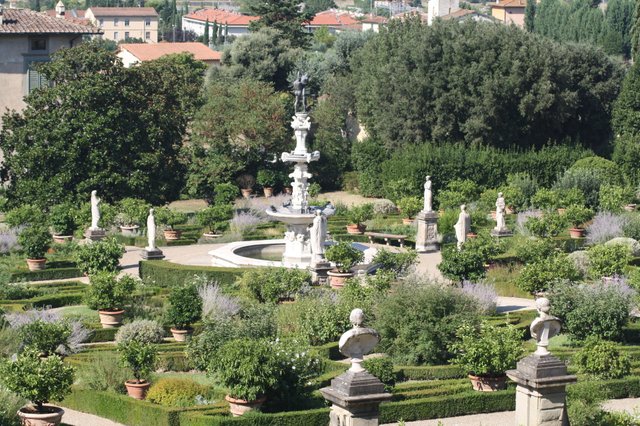
Villa di Castello: Garden Fountain
Foto Source
Some historians claim that these ideas indeed had been developed earlier but that the basic ideas of the Renaissance were summarized for the first time in the gardens of the Careggi villa.In the beginning statues and ornaments were not yet of great importance and even in 1483 Poggio Bracciolino was laughed at because he had put classical statues in his garden. However, the initial impetus was given. Later Lorenzo de Medici started to collect statues that he exhibited in his gardens so that artists could study them. Nevertheless, sculptures only really influenced Renaissance gardens when pope Julius II, who had a famous collection of statues, decided to move them to the Vatican. He chose the Belvedere villa but the problem was to place the statues in the garden in such a way so that they formed a unit and to connect the garden with the papal residence,that was separated from the garden with a raised embankment. He asked Donato Bramante, who had studied the ruins of ancient Rome, to undertake this task and so the Renaissance garden as we know it today was created.
He let continue the architecture of the villa outside the domain, brought the garden in line with the axis of the house and blended the garden into the landscape - a number of terraces made the slope look like a construction. Symmetry and ratio were established, ornaments became an integrated part of the garden; their role as eye-catcher in the garden had become a fact.
Italian slope villas held many art treasures, some objects that were found in the ruins of ancient Rome, among other things. The scenery of cypresses and box hedges was a suitable background for marble statues and other sculptures. The statues gradually became more elegant and beautiful and were sometimes brought to life by running water. Many forms that are now classical, such as balls, obelisks, pineapples and water jars appeared.
These gardens of olden days had to manage without today's brightly-colored plants. This is probably also the reason why these gardens quickly became more interesting and lively by means of ornaments and water features. The most important plants that the Italians had at their disposal at that time were orange and lemon trees, oleander, myrtle, box hedges, laurels, conifers, hollies and cypresses.
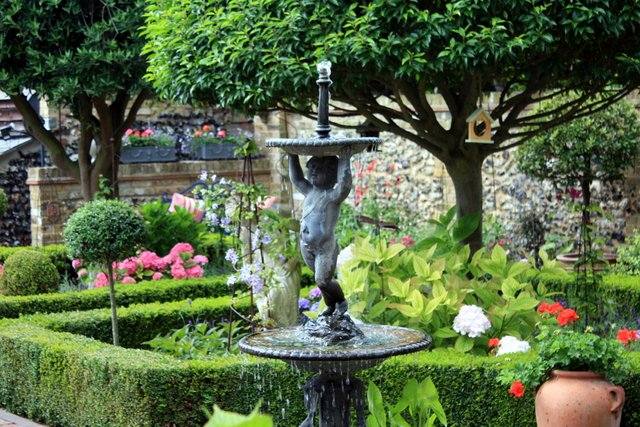
Italian garden at 3 Stone Road, Broadstairs
.
Foto Source
France
France followed the trend of statues and ornaments as integrated garden parts when Charles VIII, after having waged war in Italy, saw how tasteful people lived there. He started to imitate such style in France.
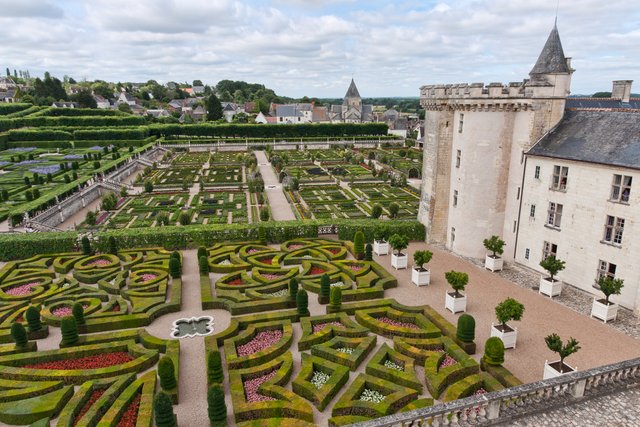
Gardens of the French Renaissance
Foto Source
The French garden style developed gradually to gloriously culminate in the Versailles Gardens. These gardens are still the outstanding classic example that reminds us how statues can emphasize the axis-shaped lay-out of a garden.
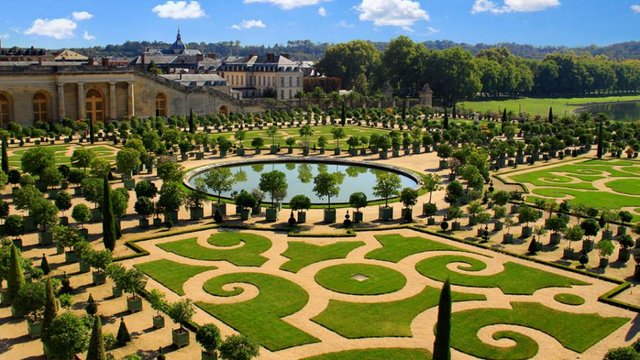
Gardens of Versailles
Foto Source
The Versailles Gardens were designed by Le Notre, who extensively used statues and fountains to stress major focuses in this immense garden. Although statues and ornaments were applied on a large scale in Italian and French Renaissance gardens, most of the time they were only accessories for the benefit of the garden design and they did not influence the design as such. However, many of these gardens would be boring, if the ornaments and sculptures would be removed - terraces, trimmed hedges, trained trees and groups of shrubs would quickly lose much attraction. Moreover, water features would not look so impressive without the sculptured fountains, grottos and masks.
England
Mid 16th century Renaissance gardens started to influence English garden architecture: soon terraces were ornamented with railings and sculptures.Many of the first ornaments that were especially made for European gardens represented heraldic animals of the Middle Ages or Renaissance.Examples could be seen in the royal palace gardens in 16th century England. Nevertheless, Italy was still used as source of inspiration for garden ornaments. This is why Henry VIII let come over a great number of Italian artists and labourers to England to decorate Nonsuch Palace and its gardens.
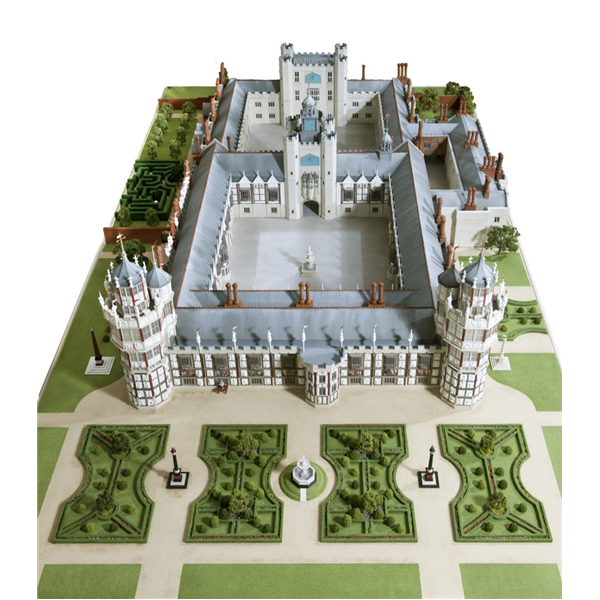
Nonsuch Palace and its gardens In those days garden elements and ornaments did not, however, exclusively serve as decoration. Many were useful in origin. By the 16th century the sundial as well had become a freestanding ornament. As from the 18th century onwards most sundials were put horizontally and were based on decorative columns. The hands (gnomons) of copper, bronze or brass were very refinedly engraved. In addition, (lead) rain barrels and edges of wells became both decorative and functional objects. As today their practical purposes have become completely superfluous because of technological development, sundials and lead rain barrels are now only used as decoration. Sundial In England sculptures only really met with recognition by the end of the 17th and beginning of the 18th century. In the Renaissance gardens marble and stone statues and vases were used; by the end of the 17th century many competent sculptors could not meet the demand. This gap was compensated by casting figures, vases and urns in lead. Additionally, lead was a much more weatherproof material in England. Another suitable and cheaper alternative for stone in England at the end of the 18th - beginning of the 19th century was Coade stone. This earthenware was even more weather resisting than some hewn natural kinds of stone and it was also applied in architecture. Unfortunately, the process of Coade stone has been lost. English Lead Warwick Vase The classical principles gradually disappeared under the pressure of the 19th century when the mass production of garden ornaments started. To this purpose cast iron and several forms of artificial stone were used. Mid 19th century cast-iron vases were manufactured en masse. It was impossible to imagine life in the 17th, 18th and 19th centuries without ornaments in the English garden - partly because the patrons were greatly influenced during their trips abroad, especially to Italy, France and Greece. The import of sculptures and furniture from the Continent to England also contributed to a new awareness. Great garden architects at that time, such as Kent, Vanbrugh, 'Capability' Brown and Repton, all knew the value and importance of garden ornaments.
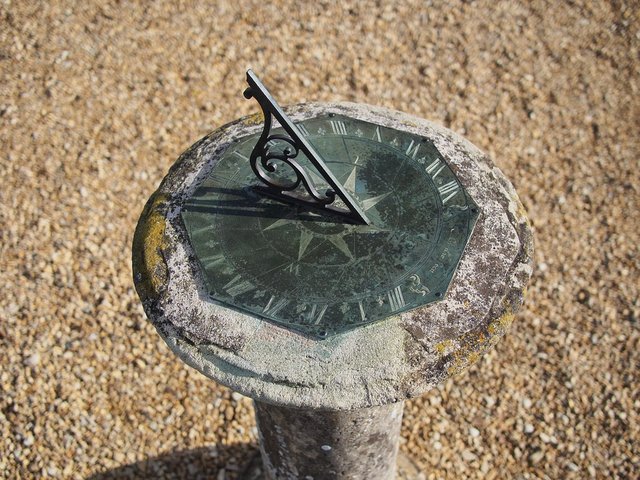
Foto Source
Foto Source

Excellent post! I give you my vote!
Downvoting a post can decrease pending rewards and make it less visible. Common reasons:
Submit
I spend an awful lot of time at the Botanical Gardens here in Denver Colorado. I am also a deep history buff so this article was a absolute feast. I have upvoted this post and will feature it in my daily gems blog post. I looked through the rest of your blog and loved the content. Are you a landscape architect? Great work and looking forward to more.
Downvoting a post can decrease pending rewards and make it less visible. Common reasons:
Submit
Cool post! 😀
Downvoting a post can decrease pending rewards and make it less visible. Common reasons:
Submit
This post has been linked to from another place on Steem.
About linkback_bot
Downvoting a post can decrease pending rewards and make it less visible. Common reasons:
Submit